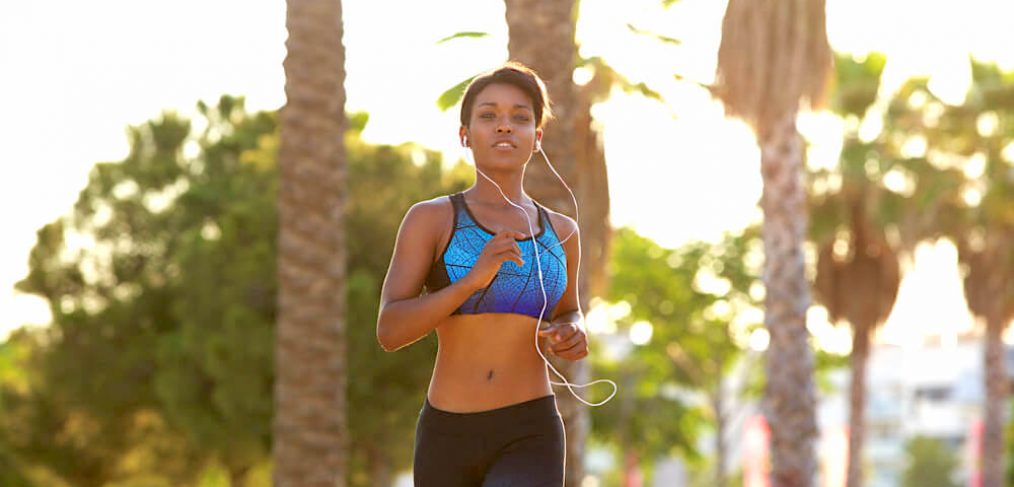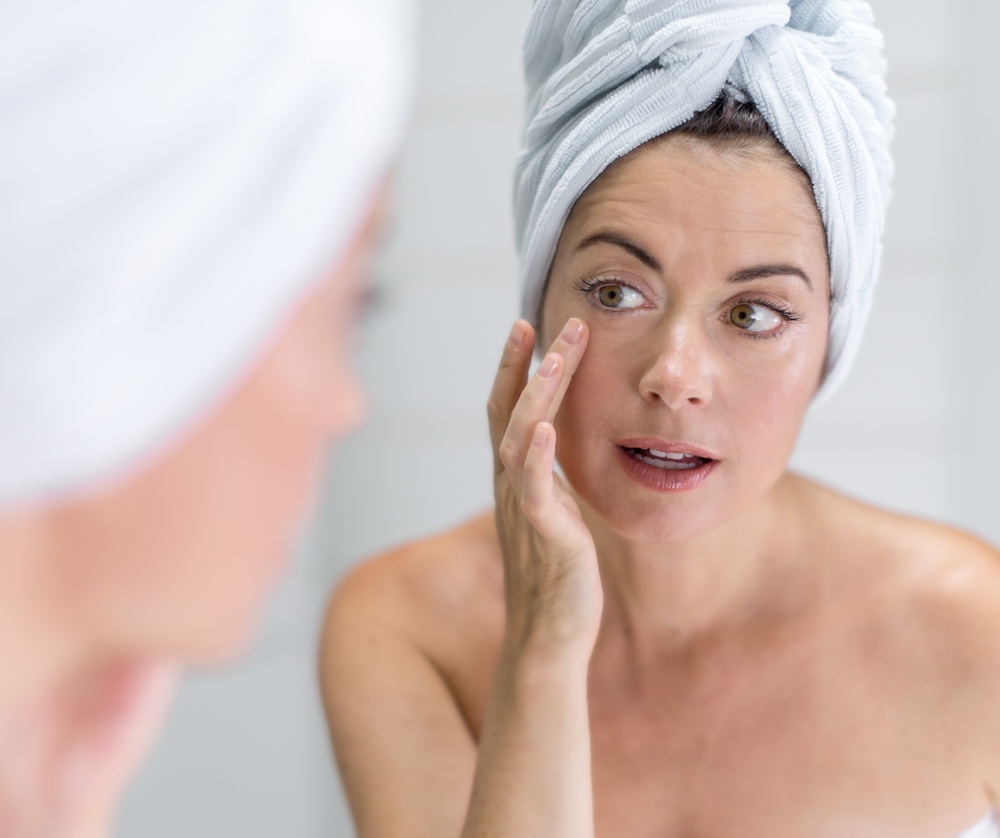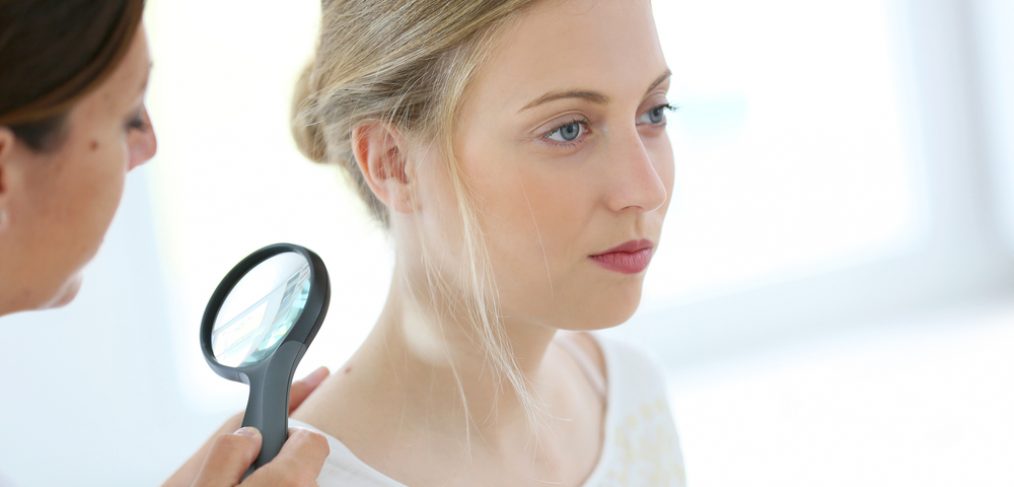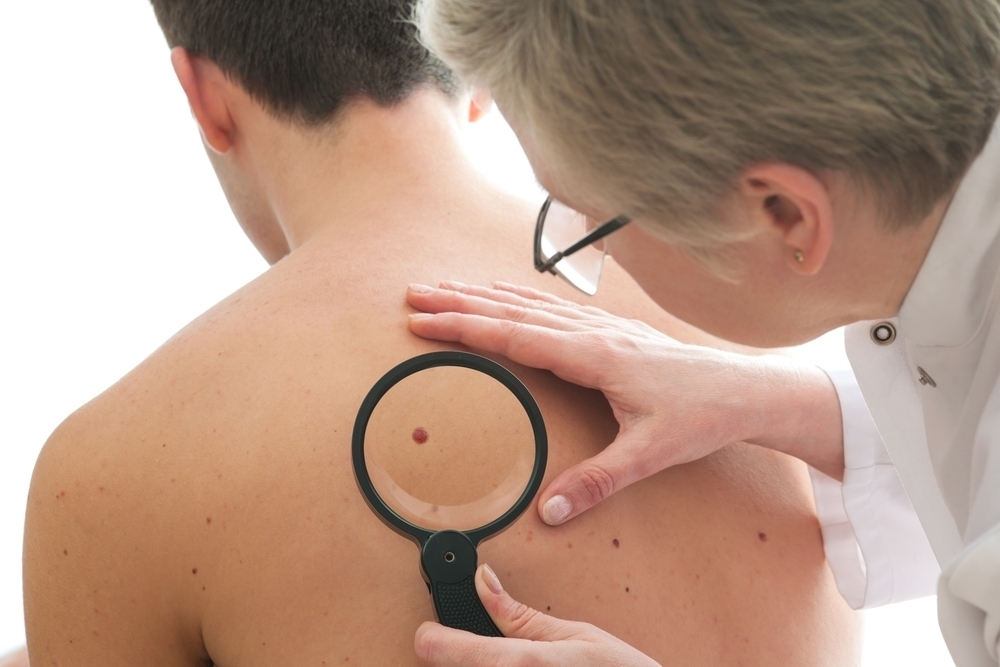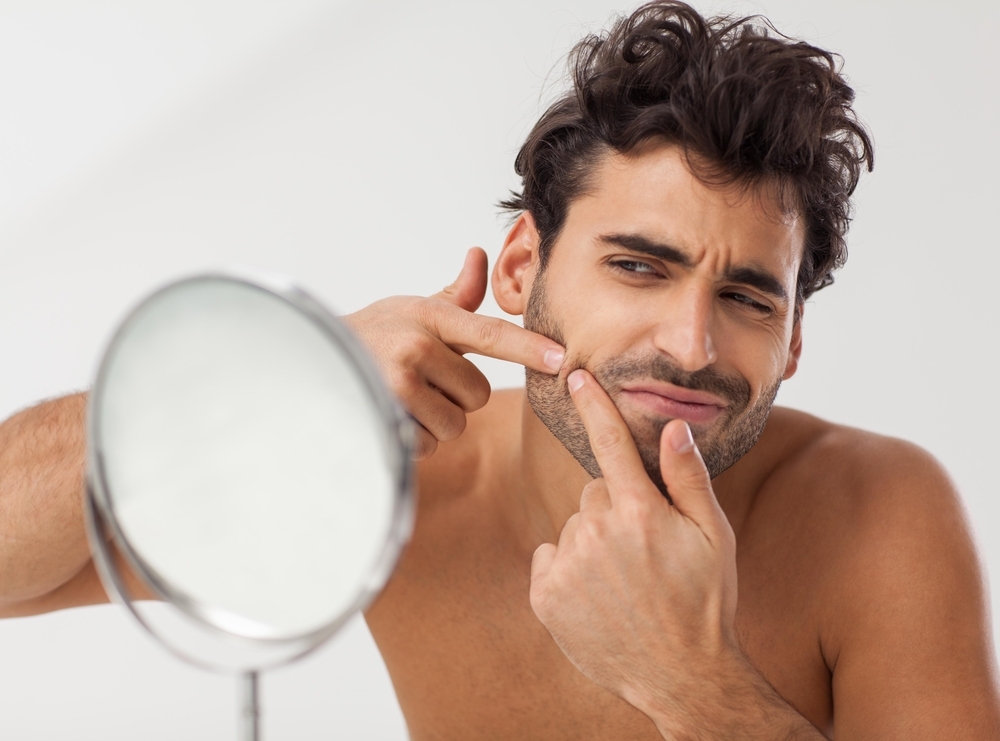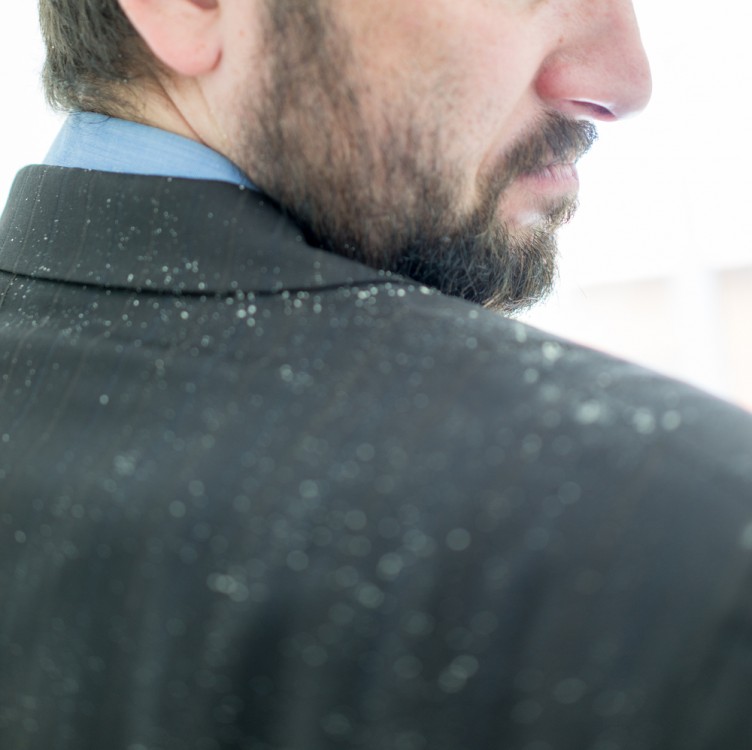Do you exercise quite often?
While this is fantastic for your health, as well as for your skin in the long run, athletic people do tend to face a whole host of skin issues due to this increased physical activity.
From body acne to hyperpigmentation, here are 7 of the most common skin issues experienced by sporty people, along with ways in which you can avoid them.
Facial and Body Acne
Acne is frustrating enough to deal with on the face, but when it starts to develop on the body too, which is also known as bacne, this can be even harder to clear.
How does exercise lead to acne?
It all comes down to sweat…
When you exercise, your body releases sweat, which then builds up in your hair follicles, not only on your face but also your body. This clogs up the follicles, leading to inflammation and breakouts. Add to that the irritation from clothing, as well as any rubbing that your clothing has been doing, and you have the perfect recipe for a big breakout.
So, what’s the best way to avoid this acne?
Well, when it comes to facial and body acne, the methods are pretty much the same.
To begin with, make sure that you remove any sweaty workout clothing as soon as you are done, and take a cool shower immediately. To help unclog your hair follicles, use a cleanser that contains either salicylic acid or benzoyl peroxide.
Can’t have a shower immediately after working out?
That’s ok, because you can simply use a salicylic acid face or body wipe instead, and then have a shower as soon as you are able to.
Don’t forget to also wear loose and breathable clothing, as this will help to prevent your clothing from irritating your skin and causing you to sweat more.
Not sure if your workout clothes are breathable or not?
These are some of the most breathable fabrics:
- Cotton
- Linen
- Rayon
Heat Rash
As you can guess from its name, heat rash is a rash that is caused by heat.
In a way, its cause is similar to acne…
Again, it is your sweat that leads to this skin issue. When your sweat ducts become obstructed for whatever reason, it causes your sweat to leak on to your skin. The area around that leakage then becomes extremely inflamed, leading to the red prickly bumps known as heat rash.
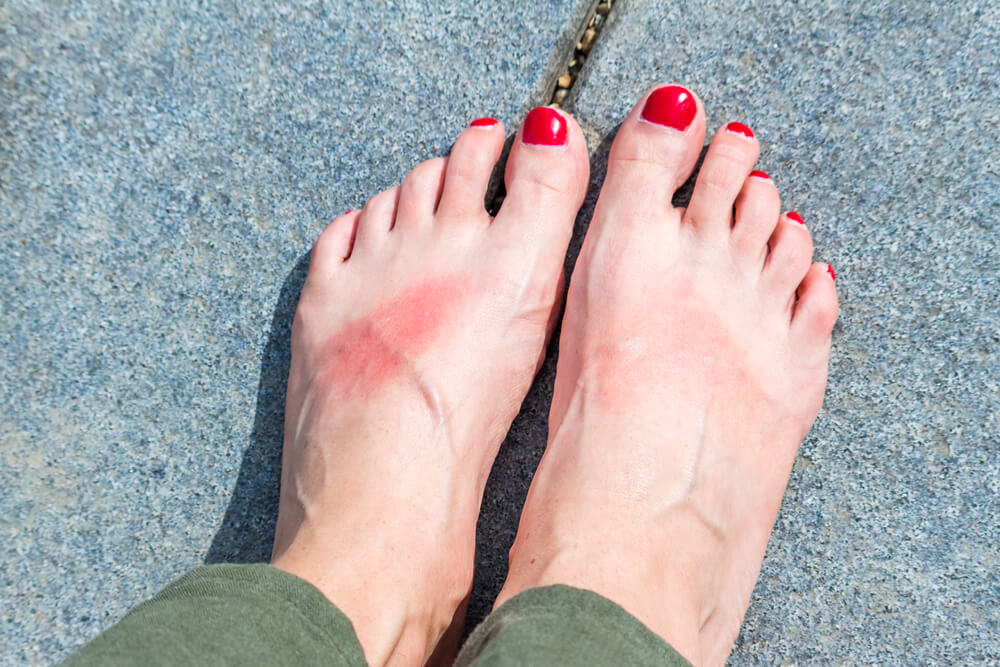
How can heat rash be prevented?
Well, the solution is easier said than done…
The answer here is to keep your body cool at all times, which is, of course, quite difficult when working out. However, restricting the amount that you sweat is key, so it may be worth moving your work into an air-conditioned room on hot days, or saving your workout for the cooler early morning or evening air.
Just like with acne, keep your clothing light and breathable, to prevent it from rubbing against your skin.
Already have heat rash?
Here are a few tips to help you to clear it:
- Make sure that you do not scratch at your rash, as this will only make it worse
- Take an antihistamine to lower the inflammation in your body
- Look for cooling sprays and creams, but make sure that these do not contain any fragrances or other harsh ingredients
- Bathe your rash in cool water, adding in some colloidal oatmeal if the rash is especially itchy
Hyperpigmentation
Hyperpigmentation can be caused by a number of different factors, with the main one being UV exposure, something that sporty people tend to experience much more of than those who lead a more sedentary lifestyle.
Not sure what hyperpigmentation is?
It refers to darker patches of skin, either on your face or your body.
Each time you expose your skin to the sun, your body produces more melanin, which is the pigment that gives your skin its color, and is responsible for suntans. Melanin is your body’s way of protecting itself against the sun’s rays, but sometimes melanin can be over-produced, leading to it clustering up under small areas of skin, which is why these patches appear darker than the rest.
How can you avoid this?
Well, seeing as it is likely due to sun exposure, the best way to avoid hyperpigmentation would be to ensure that you are using plenty of sun protection. Not only should you be wearing a broad-spectrum sunscreen each time you are out in the sun, but make use of physical sun protection methods too, such as hats, sunglasses and lightweight clothing.
You should also take care to stay out of the sun during its hottest hours. These are usually between 11am and 3pm, although it will vary depending on your location. Try to seek shade whenever possible, and give your body regular breaks from direct sunlight.
Sun Damage
If hyperpigmentation wasn’t bad enough, the sun also leads to other skin issues, which, again, is commonly experienced by athletic people and those who spend a large amount of time exercising outside.
What sort of skin issues does the sun cause?
Well, the first, and most common, is a sunburn.
While you may think that this is just a temporary problem, sunburns are actually much more serious than most people realize…
Did you know that five serious sunburns can increase your risk of developing a deadly form of skin cancer by 80%?
There are many ways in which you can make a sunburn easier, and less painful, to deal with, using products such as aloe vera and green tea. However, you would be far better off avoiding the sunburn to begin with, as this significantly reduces your cancer risk.
Another extremely common skin issue caused by sun exposure is premature aging…
If you have ever noticed an increase in wrinkles in those who regularly exercise outdoors, then it is likely that they have not been using adequate, if any, sun protection.
The sun is responsible for up to 80% of skin aging, causing everything from wrinkles and fine lines to dark spots and dryness.
Fortunately, there is a simple way to avoid all of this…
All you need to do, as mentioned above, is wear sunscreen each and every day.
Think you can skip out on your sunscreen because it’s cloudy outside, and you don’t plan on working out for too long?
The sun’s UV rays can not only penetrate through thick cloud, but also through glass, so even if you are working out indoors near a window, you will still need to wear sunscreen.

While a certain amount of sun exposure is good for your skin, your skin only needs 10 minutes of this a day in order to top up its vitamin D supplies. So, if your workout is going to be longer than ten minutes, which it likely will be if you are a sporty person, then definitely apply plenty of sunscreen beforehand.
When it comes to premature aging, make sure that you are already following an anti-aging skin care routine. Even if you are diligent about sun protection, you will likely still end up leaving your skin exposed at times by accident, so it is important to be using the right skin care products as a follow-up to this.
Athlete’s Foot
If you are already quite an athletic person, then you are likely already well aware of athlete’s foot.
However, for everyone else, this is a fungal infection that can be picked up from other people’s feet.
This does not mean that you need to be touching their feet…
Simply walking barefoot over public areas, such as in the changing rooms at the gym, can lead to this.
What does athlete’s foot look like?
It generally manifests as white scaly skin on the bottom and sides of your feet, with this being quite dry and sometimes itchy. It can also lead to a thicker and softer white skin developing in between your toes, before entering into your toenails and causing them to thicken and turn yellow.
Fortunately, this is another skin issue that is easy to avoid…
All you need to do is make sure that you are wearing sandals or flip flops when walking around public exercise areas.
Already have athlete’s foot?
You will likely need to make an appointment with your doctor or dermatologist, as the best way to clear this is with a prescription anti-fungal cream. It takes a few weeks for the infection to clear, but make sure that you have it treated as soon as you notice it, because once it worsens, it is much harder to eradicate.
Dry Skin
For some, exercising regularly can lead to oily skin and acne, but for others, it can have the opposite effect.
Those who regularly exercise often end up showering more often, which is necessary in order to clear away the sweat from your skin.
This is no problem if your showers are quick and cool.
However, if you like to turn up the temperature and enjoy a leisurely steamy shower, this is when the problems arise…
Wondering what’s so bad about a hot shower?
The hot water strips away your skin’s natural oils, which are important for skin hydration.
Yes, your skin does produce more oils on its own, but if you have a hot shower too often, you will be stripping your oils away faster than your skin can replace them.
What happens then?
Your skin ends up dry and dehydrated, with red, itchy and flaking patches.
As mentioned above, a shower after working out is essential, but the hot water isn’t.
The best way to prevent dry skin from developing is by keeping your showers as cool as you can handle, and make sure that you do not remain in the water for any more than ten minutes.
Don’t forget…
As soon as you are done in the shower, it is important to apply a layer of moisturizer, while your skin is still damp.
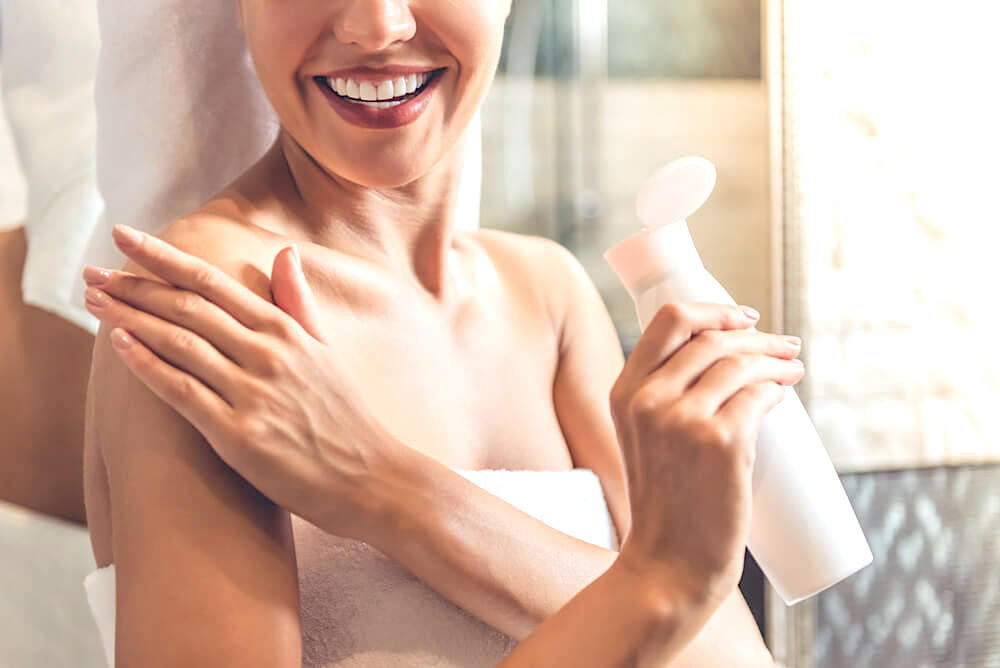
Why?
Because a moisturizer is designed to form a thin protective layer over the surface of your skin. This prevents moisture from evaporating, meaning that if you already have extra water on the surface of your skin, the only place for this to go is downwards into your skin.
Frequent Eczema Flare-Ups
While exercising doesn’t cause eczema, it does cause existing eczema to flare-up, and quite drastically too.
Why?
Due to the moisture and salt of your sweat. These both irritate the skin, which not only makes an eczema rash redder and more visible, but also more uncomfortable. With an increased itch, you will likely end up scratching or rubbing at the rash, which then, as you already know, makes the eczema even worse.
Want to know how to prevent eczema flare-ups when exercising?
Here are a few tips:
- Keep wiping off any sweat while you are working out, but make sure to use a towel and not your shirt
- Wear lightweight and breathable clothing so that your sweat can easily evaporate off your body, rather than being trapped on your skin
- Take regular breaks to keep your body cool, and drink plenty of water too
- Always shower immediately after working out
If you are already experiencing an eczema flare-up…
Tone it down a bit when it comes to your workouts, taking this slower until your flare-up has calmed. This may mean walking instead of running, or doing some yoga instead of a sports class.
While you may be tempted to ignore the problem and just carry on with your normal routine, this is only going to make your eczema worsen even more.
Make sure that you are keeping your skin well-moisturized, as those with eczema already have a damaged skin barrier, which a moisturizer will help to temporarily heal.
If your flare-up is especially severe, then visit your doctor for a more powerful treatment.
While these skin issues can definitely be annoying, the benefits of exercising frequently and regularly far outweigh the problems that these skin problems bring. As long as you know how to avoid the issues that you seem to be most susceptible to, you will be well-equipped to keep being just as physically active as always.



